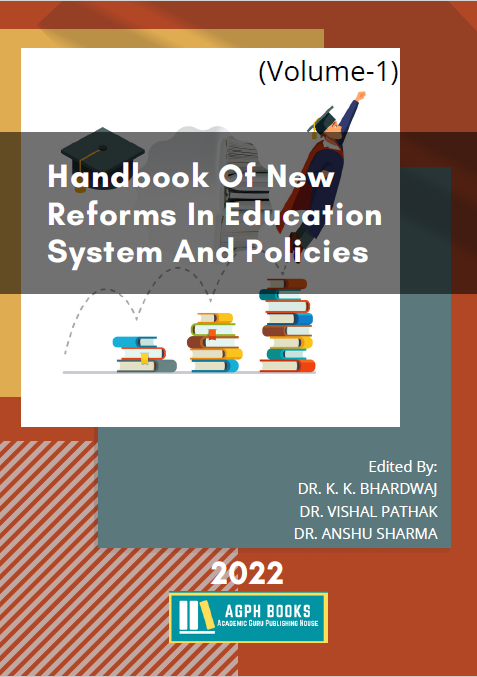A Study on Online Learning Environment
Keywords:
Online Learning, environment, students, teachersAbstract
Traditional face-to-face classrooms have been transformed into online and hybrid learning spaces as a result of technological advancements. Students' favourable attitudes about such sessions and their own personal experiences and expectations are important components of hybrid learning setups that might contribute to its success and overall happiness among students. As students get more experience in utilising an OLE for learning, the most significant things that become crucial are not technical concerns and computer literacy but rather the attitudes of students and instructors as well as the drive to develop and learn.In the field of educational technology, an online learning environment, abbreviated as OLE, is a web-based platform for the digital parts of courses of study, which are often housed inside educational institutions. They have materials, activities, and interactions that fit into the structure of a course, and they can be graded in many different ways.
References
[1] ADEBO, P. (2018). Online Teaching and Learning. International Journal of Advanced Research in Computer Science and Software Engineering, 8(2), 73. https://doi.org/10.23956/ijarcsse.v8i2.549
[2] Appana, S. (2008). A review of benefits and limitations of online learning in the context of the student, the instructor, and the tenured faculty. International Journal of E-Learning, 7(1), 5-22.
[3] Başarmak, U., & Mahiroğlu, A. (2016). The effect of online learning environment based on caricature animation used in science and technology course on the success and attitude of the student for humor. Turkish Online Journal of Educational Technology, 15(4), 107-118.
[4] De Fazio, T., Gilding, A., & Zorzenon, G. (2000). Student learning support in an online learning environment. Ascilite.
[5] Gilbert, B., John, S., & College, F. (2015). Online Learning Revealing the Benefits and Challenges How has open access to Fisher Digital Publications benefited you ?
[6] Guide, Q. (2011). The Online Learning Environment The Online Learning Environment. Environment.
[7] Ku, V. Y. (2017). ( Ohduqlqj Hqylurqphqw Frpsduhg Wr. September, 3-9.
[8] Sabitha, S. (2013). International Journal of Emerging Technologies in Computational and Applied Sciences ( IJETCAS ). International Journal of Emerging Technologies in Computational and Applied Sciences ( IJETCAS ), May 2015, 513-519.
[9] Valantinaitė, I., & Sederevičiūtė-Pačiauskienė, Ž. (2020). The change in students' attitude towards favourable and unfavourable factors of online learning environments. Sustainability (Switzerland), 12(19), 1-14. https://doi.org/10.3390/su12197960
[10] Yusnilita, N. (2020). The Impact of Online Learning: Student's Views. ETERNAL (English Teaching Journal), 11(1), 57-61. https://doi.org/10.26877/eternal.v11i1.6069




